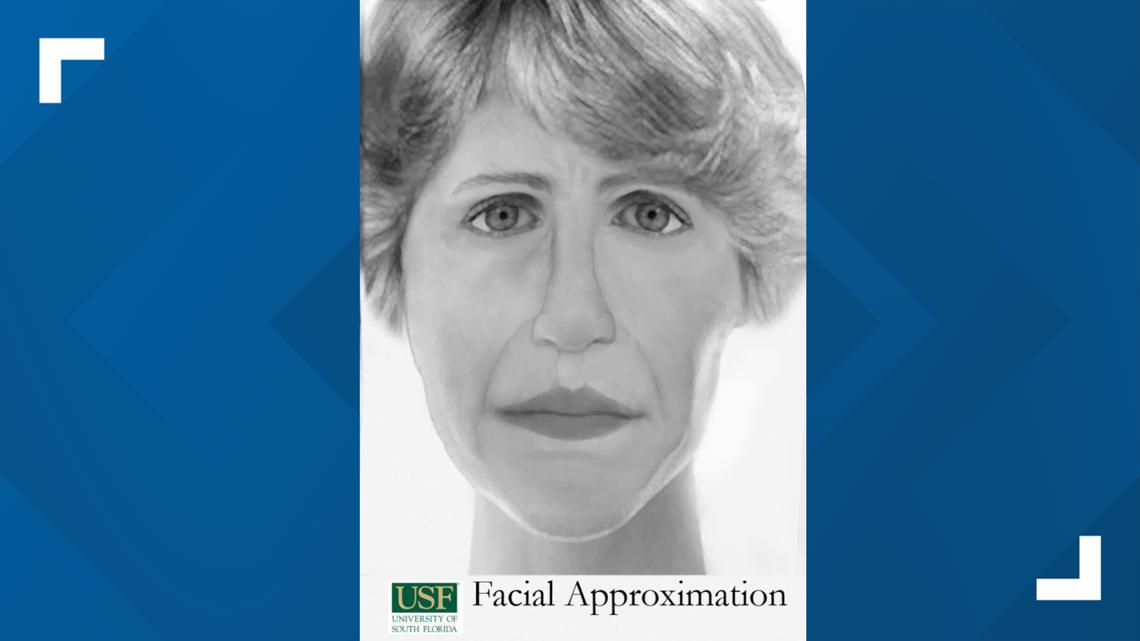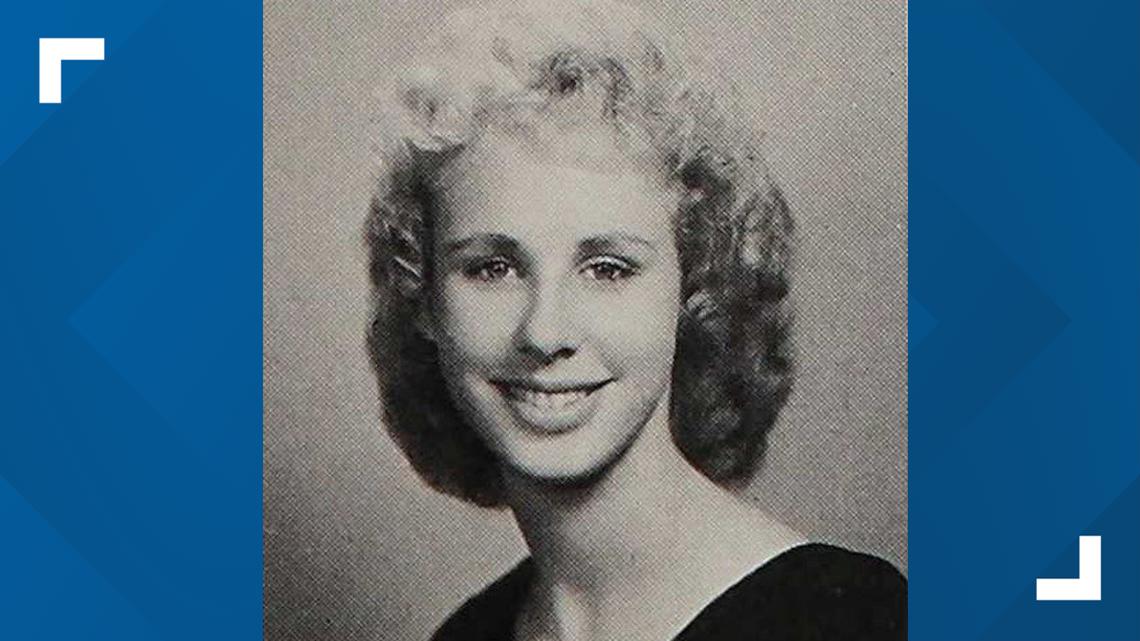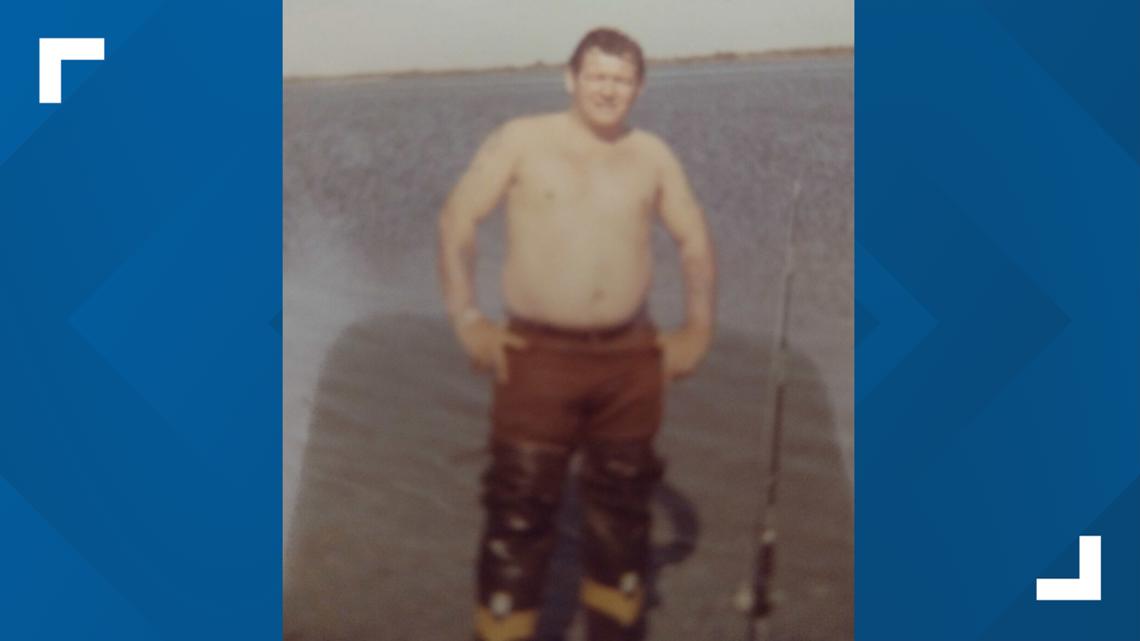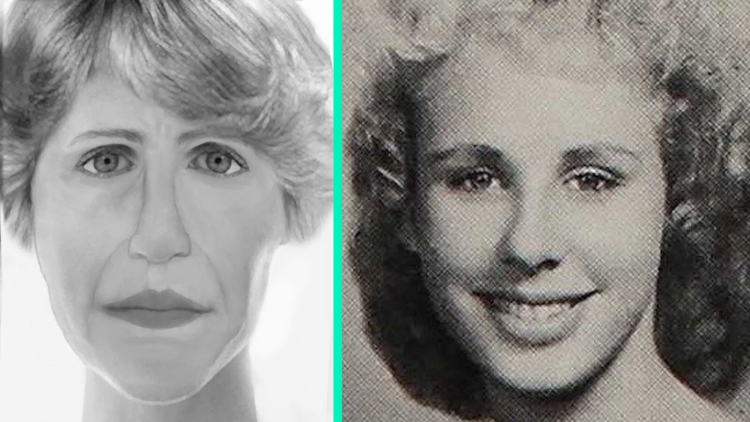ST. JOHNS COUNTY, Fla. —
Nearly 40 years after construction workers found a completely skeletonized body on a Florida beach, detectives have reached what they’ve called a “major development” in the case: the identity of those human remains.
The St. Johns County Sheriff’s Office recently announced that modern DNA technology has confirmed the remains belong to a Maryland woman whose family last heard from her almost 60 years ago.
Mary Alice Pultz was 25 years old when she left her hometown in 1968 with her boyfriend at the time, John Thomas Fugitt.
While her family now has the closure of knowing where their loved one passed away after so many years, detectives are still working to provide them with the final piece of information that would officially close the case.
Here’s a look at what we know and what investigators are still trying to figure out about how – and when – Mary Alice Pultz was murdered, and whether their prime suspect is indeed the person responsible.
The remains
According to the sheriff’s office, construction crews were at Crescent Beach on Florida’s east coast, about a 10-minute drive from St. Augustine Beach, on April 10, 1985.
They were digging up sand to build a beach walkover when they discovered human bones in a shallow grave.
The photo below, shared by investigators, shows the site where workers found the fully skeletonized remains, underneath where the walkover's stairs were being constructed. In the photo, the remains had been taken from the sand and placed on a piece of wood. 10 Tampa Bay has chosen to blur them out.


Upon review by the medical examiner, detectives said they determined the victim was a woman between the ages of 30 and 50 when she died. It was also concluded that the cause of death was homicide "by unspecified means," Dr. Wendolyn Sneed said after reviewing the 1985 autopsy.
Sneed is the current medical examiner for the district, and the sheriff's office recently had her re-examine the remains. She said she observed "multiple fractures of the nasal bones, healed fractures of multiple ribs, and healed fractures on the lower legs." These injuries, in addition to the three "surgical burr holes" found in the skull, were what Sneed said indicated Pultz had been in some incident that caused severe trauma and required her to be hospitalized, like a car crash.
After the 1985 discovery, the focus became identifying who was buried at that beach – a focus that, until this year, had not yet been reached.
The identity
Investigators said the case grew cold over the years due to a lack of technology that would have allowed detectives to draw more information from the remains.
It wasn't until 2011 that researchers were able to create a facial reconstruction of what the victim would have looked like. Detectives sent the skull and jawbone to the Florida Institute for Forensic Anthropology and Applied Science at the University of South Florida, where they returned with an image of a woman's face.


The sheriff's office said the image "generated a few leads, but the victim continued to remain unidentified."
More than 10 years after the facial reconstruction was created, and still with no developments, detectives worked with other agencies to send parts of the remains to a laboratory in Texas that specializes in advanced DNA technology.
Scientists were able to extract a sample of the victim's DNA and upload it to a database where volunteers sent in their own DNA, with consent for it to be compared to others. Investigators said the process revealed "possible relatives of the victim."
Detectives traveled to North Carolina and Virginia to meet with the potential family members, who were shown the rendering of the victim's face. They also gave the sheriff's office more robust DNA samples, which the agency said allowed them to positively match the DNA taken from the remains to Mary Alice Pultz in January 2024.
Now, nearly 40 years after her remains were found, investigators are able to shift their focus to who killed her, and how.


The suspect
While interviewing her two surviving relatives, her son and sister, detectives learned that Pultz up and left the family in 1968 with her boyfriend, John Thomas Fugitt. It was thought that they were headed toward Florida or Georgia.
The sheriff's office immediately started looking into Fugitt and discovered that he died while on death row in 1981. They said he had been convicted of murdering his roommate and was awaiting execution in a Georgia prison.
Sergeant Gene Tolbert said he believes Pultz was not around at that time, indicating that she may have died before 1981.
Despite his passing away, detectives still believe there are likely people with information about Pultz or Fugitt that could help solve this case.
Tolbert said Fugitt was known to hang out in the Tampa Bay area and often go surf fishing. They said he also went by the nickname "Tommy" and the alias "Billy Joe Wallace."


Fugitt is considered the main person of interest in Pultz's death.
Detectives are "actively investigating" this case and urging the public to speak up if they have information that could help solve what happened to Pultz.
If you have any tips, the sheriff's office asks you to call their office at 904-824-8304, or email the agency at crimetips@sjso.org. You can also call Crime Stoppers at 1-888-277-TIPS (8477).



